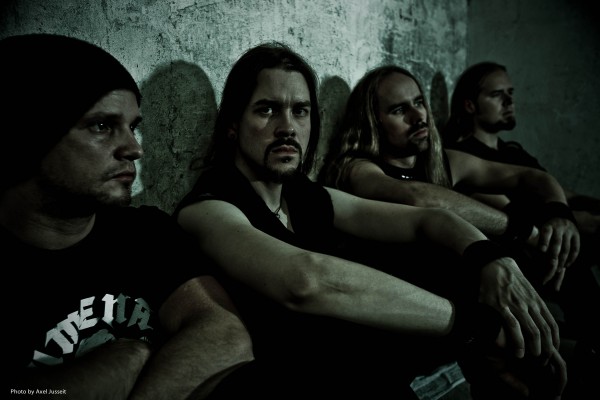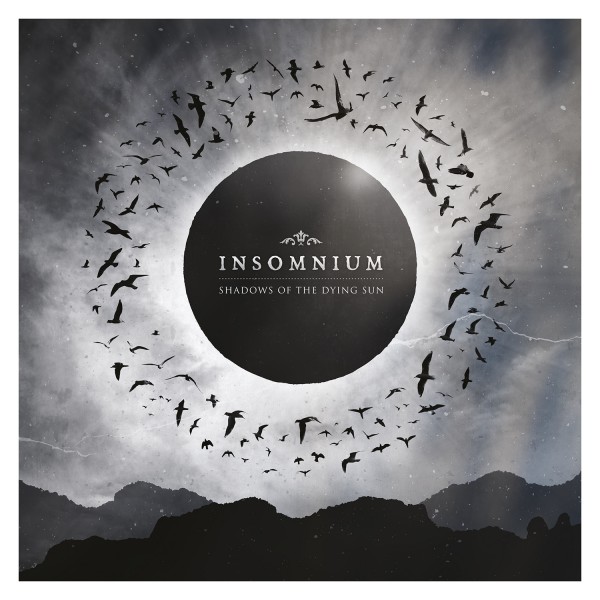There are an awful lot of bands calling themselves “melodic death metal” these days, but in most cases the vocals are still raw and growled throughout their albums, only the guitars having a more melodic vibe than you’d get with your standard death metal. Not the case with Insomnium, however. On the contrary, roughly half of their frontman Niilo Sevänen’s vocals are quite melodious, as the music on Shadows of the Dying Sun tends to be as well. One suspects that the main reason their music is considered death metal of any sort is because of the dark and haunting lyrical content. That said, their music is easily as intense as any traditional death metal band you could name off of the top of your head. If anything, it might be more disturbing because the melodic nature of it allows it to worm its way into your brain without you realizing how eerie it really is. By then, you’re fully under its spell and can’t get the darkness out of your head. Although you probably wouldn’t want to because these are exquisitely-produced tunes of the thought-provoking variety and you’re sure to want to indulge in them endlessly once they’ve captured your attention.
Shadows of the Dying Sun is Insomnium’s first album since guitarist Ville Vänni departed the band. His replacement is Markus Vanhala, the lead guitarist of another melodic death metal band from Finland, Omnium Gatherum, and he does a fine job of injecting the Insomnium’s sound with his own distinct style without ever taking things so far that they no longer sound like the Insomnium we all know and love. To that end, there’s no denying that Vänni will be missed, but there’s also no denying that Vanhala breathes new life into the band, his prog-leaning tendencies giving them a fresh coat of paint, perhaps of a slightly different color. A prime example of this is “Revelation,” a splendid work of his own composition that still feels entirely like Insomnium, although plenty of fans complained about it upon its release, as always happens when a band with a proven track record spreads its wings. Here, their sound is expanded, the song featuring whispered and spoken word vocals, something the band hasn’t done in years, along with acoustic guitars and quieter moments. I suppose fans who didn’t like it thought the band was spreading themselves too thin, but I thought it was the sound of a band maturing, showing real growth, which they were overdue for, this being album number six. Besides, if death metal is all about being bold and doing things against the proverbial wind, should it not be admired, then, when a death metal band has the nerve to alter their sound a bit and bravely go off in whatever direction(s) they so desire? For me, veering from tradition is precisely what makes Shadows of the Dying Sun such a winning effort.

In addition to playing with the vocal styles and delving headfirst into subtlety, the album finds the band altering their guitar sound at times, veering away from their usual heavy riffage into something even more melodic than they’ve done in the past, which surely has something to do with the addition of Vanhala. Here, the band often changes direction, switching moods several times within the context of a single song, as they do during “Lose to Night” and the epic “Black Heart Rebellion.” But longtime fans shouldn’t be too worried, as there are plenty of songs on hand that follow the band’s traditional sound, such as the opening track, “The Primeval Dark,” which resembles most of the intro songs the band has done over the years. I can understand fans worrying that the band has lost their way here, but listen to the album before you judge it. It’s still Insomnium and their core identity remains fully intact. They’ve just added more colors to their palet. Perhaps they’re lighter if not brighter colors, but the contrast between these and their more tradition sounds only makes the heavier moments stand out that much more.



Leave a Reply